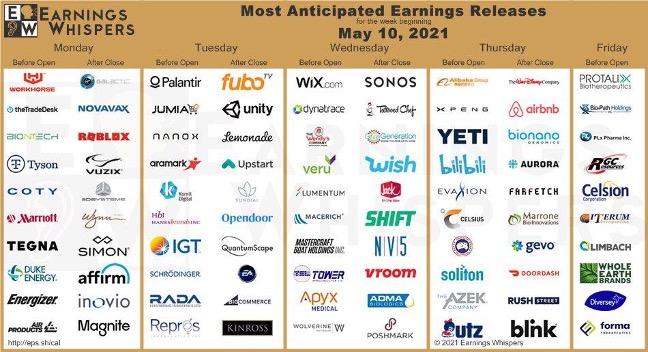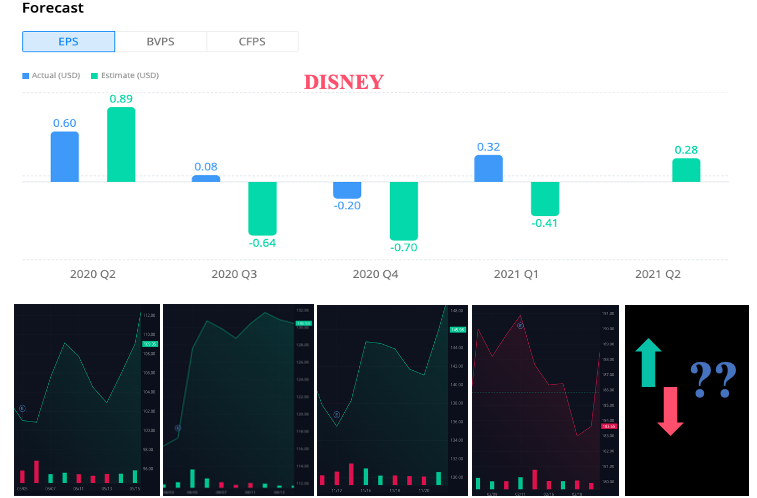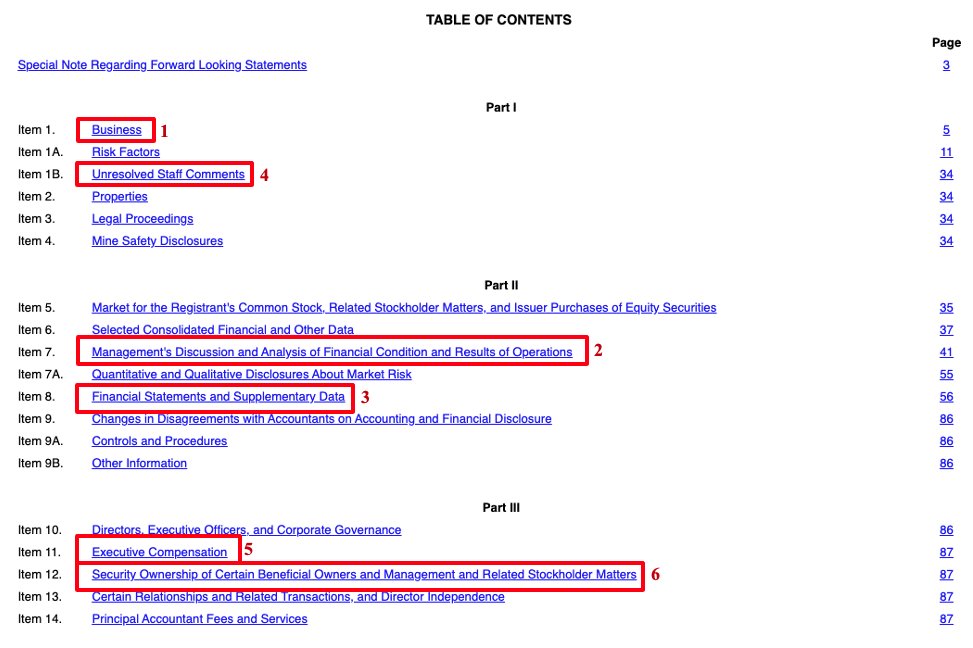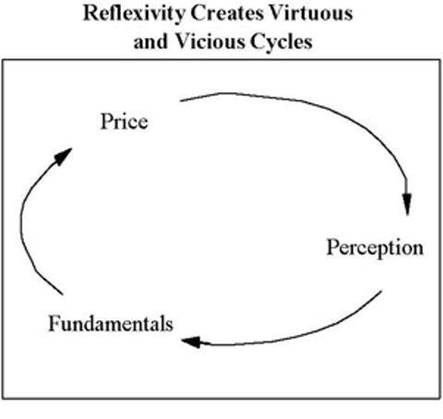
🪞How Hedge Funds Do Post-Mortems🪞
"Pain+Reflection=Progress" ~Ray Dalio
The post-mortem is the hedge fund PM's leg day: can't skip.
Done right, it's a systematic exercise that mega boosts performance. Yet ppl never explain how to do one.
So @SeifelCapital(CS) & I teamed up
👇
"Pain+Reflection=Progress" ~Ray Dalio
The post-mortem is the hedge fund PM's leg day: can't skip.
Done right, it's a systematic exercise that mega boosts performance. Yet ppl never explain how to do one.
So @SeifelCapital(CS) & I teamed up
👇

0/ Start with "pre-mortem"
Think back to when u entered the trade.
1. What asymmetric risk-reward opportunity did you see? 2. What catalysts would drive results in ur favor?
3. What risks were u wary of?
We'll do a 2nd follow-up🧵to focus on pre-mortem but here's a sneak peak:
Think back to when u entered the trade.
1. What asymmetric risk-reward opportunity did you see? 2. What catalysts would drive results in ur favor?
3. What risks were u wary of?
We'll do a 2nd follow-up🧵to focus on pre-mortem but here's a sneak peak:
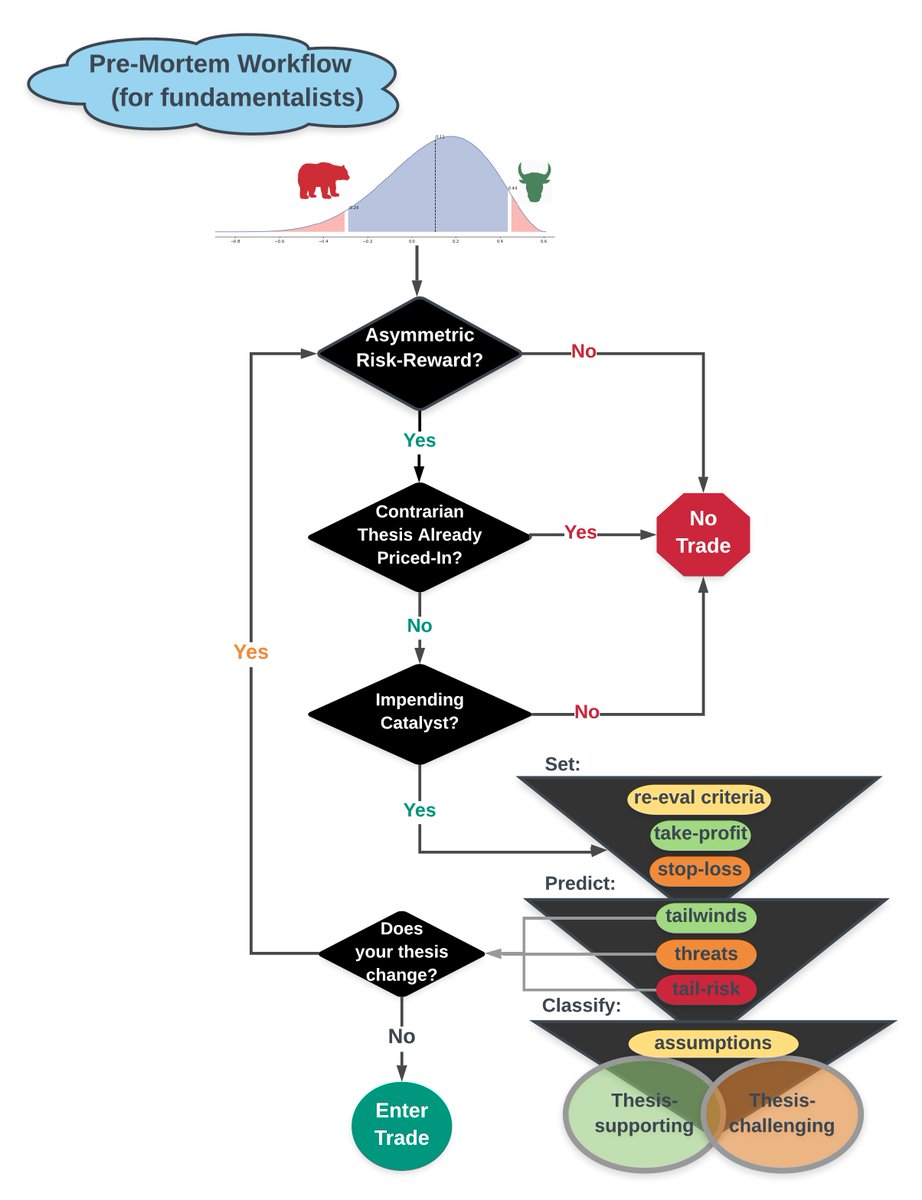
1/ PnL Results
Fast-forward back to today. The catalyst you'd been playing for just happened (e.g. earnings, demo day, FOMC)
Your brokerage acct says +8%.
"So my thesis was correct!" you think.
Not quite.
CS explains "Look at both absolute return & risk adjusted return."
Fast-forward back to today. The catalyst you'd been playing for just happened (e.g. earnings, demo day, FOMC)
Your brokerage acct says +8%.
"So my thesis was correct!" you think.
Not quite.
CS explains "Look at both absolute return & risk adjusted return."

What goes into "risk adjusted"?
Doesn't matter whether Sharpe or Treynor.
The building blocks are the same.
A) normalize out beta
e.g. I went long $RBLX into Q1 '21; raw PnL is red. But green after subtracting % loss of equities selloff
B) correlation
C) std deviation of returns
Doesn't matter whether Sharpe or Treynor.
The building blocks are the same.
A) normalize out beta
e.g. I went long $RBLX into Q1 '21; raw PnL is red. But green after subtracting % loss of equities selloff
B) correlation
C) std deviation of returns
2/ Compare actual vs expected fundamental results
There's a difference btw making $ and being right.
Just b/c your PnL is up, doesn't mean your underlying thesis was right.
Winning over time means improving accuracy of fundamental theses. But how do u assess thesis accuracy?
There's a difference btw making $ and being right.
Just b/c your PnL is up, doesn't mean your underlying thesis was right.
Winning over time means improving accuracy of fundamental theses. But how do u assess thesis accuracy?

Start by calculating % surprise btw reported & expected KPIs. Assess if u were in the ballpark.
e.g. $RBLX revenue grew +140% YoY in Q1. Beat my base forecast +100% and was just shy of my bullish forecast +150%
Did the market react as expected?
Yes. But then CPI had to happen😢
e.g. $RBLX revenue grew +140% YoY in Q1. Beat my base forecast +100% and was just shy of my bullish forecast +150%
Did the market react as expected?
Yes. But then CPI had to happen😢

Revenue is the most common KPI driving stock prices, but not the only.
Others:
- EPS
- ROIC
- MAUs/DAUs (apps)
-GMV (exchanges, e-commerce)
CS: "If there's a material surprise, ask yourself:
a. What drove the discrepancies?
b. What was the resulting impact on value?"
Others:
- EPS
- ROIC
- MAUs/DAUs (apps)
-GMV (exchanges, e-commerce)
CS: "If there's a material surprise, ask yourself:
a. What drove the discrepancies?
b. What was the resulting impact on value?"
3/ Assessing Thesis Accuracy: Know thy opponent
When the market doesn't react as expected (e.g. $GME same store sales tank but the stock pops), ask yourself "Was I right abt the marginal buyer/seller?"
i.e. Who's trading against you? What metrics/trends does ur opponent track?
When the market doesn't react as expected (e.g. $GME same store sales tank but the stock pops), ask yourself "Was I right abt the marginal buyer/seller?"
i.e. Who's trading against you? What metrics/trends does ur opponent track?
Here's some advice for fundamentalists:
If your trade touches meme-stonk vicinity (data warehouses, exercise bikes, contains the word zoom), retail volume has flooded in. Go read r/wallstreetbets.
If you're trading against AQR, go read their whitepapers on factor analysis.
If your trade touches meme-stonk vicinity (data warehouses, exercise bikes, contains the word zoom), retail volume has flooded in. Go read r/wallstreetbets.
If you're trading against AQR, go read their whitepapers on factor analysis.
4/ Assessing Thesis Accuracy: Correct Catalyst
Top catalyst examples:
- earnings
- product launch (tech)
- crude inventories (for energy)
- FDA approval (for biotech)
There's 2 ways to get the catalyst "wrong"
1. Nobody cared
2. A stronger catalyst knocked yours out of da park
Top catalyst examples:
- earnings
- product launch (tech)
- crude inventories (for energy)
- FDA approval (for biotech)
There's 2 ways to get the catalyst "wrong"
1. Nobody cared
2. A stronger catalyst knocked yours out of da park
5/ Assessing Thesis Accuracy: Assumptions
When investors say "think back to first principals" they mean "question your ex-ante assumptions."
So far, we've reflected on the who, what, and when, but not why. Maybe you mis-predicted EPS. Why? What assumptions drove you off?
When investors say "think back to first principals" they mean "question your ex-ante assumptions."
So far, we've reflected on the who, what, and when, but not why. Maybe you mis-predicted EPS. Why? What assumptions drove you off?
There are 3 types of assumptions:
1. accurate assumptions (e.g. cooping kids @ home means growth spurt for RBLX)
2. false assumptions (e.g. GME trades on fundamentals)
3. omitted assumptions (e.g. SPAC frenzy means D&O insurance 🚀🚀... too bad i didn't think of this earlier)
1. accurate assumptions (e.g. cooping kids @ home means growth spurt for RBLX)
2. false assumptions (e.g. GME trades on fundamentals)
3. omitted assumptions (e.g. SPAC frenzy means D&O insurance 🚀🚀... too bad i didn't think of this earlier)
6/ Blind-Spots
Speaking of omitted...
There are 3 types of blind-spots:
1. known unknowns (e.g. probability Biden's tax absurdity passes)
2. unknown knowns (e.g. literally u were myopic & forgot about some key factor)
3. unknown unknowns (totally left-field 6σ shit like COVID)
Speaking of omitted...
There are 3 types of blind-spots:
1. known unknowns (e.g. probability Biden's tax absurdity passes)
2. unknown knowns (e.g. literally u were myopic & forgot about some key factor)
3. unknown unknowns (totally left-field 6σ shit like COVID)
7/ Meta-reflection
Your investment process itself-- ideation framework, due diligence, post-mortem framework--needs periodic fine-tuning.
CS says, "Ask yourself:
How can i improve visibility on risks?
What fundamental/technical factors did I miss that I can add to my framework?"
Your investment process itself-- ideation framework, due diligence, post-mortem framework--needs periodic fine-tuning.
CS says, "Ask yourself:
How can i improve visibility on risks?
What fundamental/technical factors did I miss that I can add to my framework?"
8/ Time to grab a beer.
Post-mortems are a hard workout on the brain.
Reward yourself when done so as to give the lizard brain some Pavlovian incentivization for next time!
Post-mortems are a hard workout on the brain.
Reward yourself when done so as to give the lizard brain some Pavlovian incentivization for next time!
• • •
Missing some Tweet in this thread? You can try to
force a refresh




